
How do you choose a Dutch oven?
Choose a Dutch oven
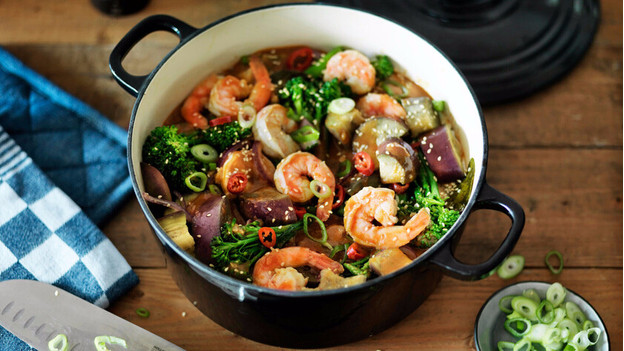
You should keep a couple of things in mind when choosing a Dutch oven. Ask yourself the following questions before you choose a Dutch oven:
- On which heat source do you want to use the Dutch oven?
- Do you want a large or small Dutch oven?
- Which coating do you need?
- Which material do you need?
On which heat source do you use a Dutch oven?
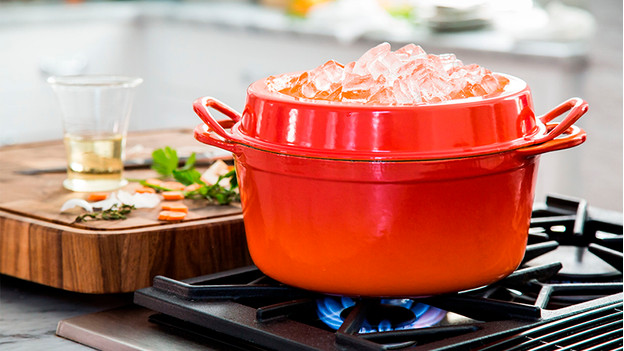
Not every pan is suitable for every heat source. This depends on the shape and the material of the bottom of the pan. Every pan is suitable for use on gas and a ceramic or electric cooktop. Pans with a plastic handle aren't suitable for use in an oven. A pan that you use on an induction cooktop is magnetic, otherwise it doesn't work. Check the heat source and choose a Dutch oven that's suitable for it.
Do you choose a large or small Dutch oven?
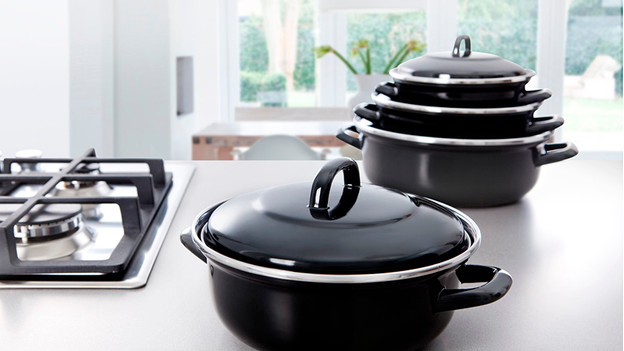
Do you like to cook for a large group of friends? Or do you want to make a large portion of stew in one go? Choose a large Dutch oven with a capacity of at least 4L. Keep in mind that a pan up to 28cm won't touch other pans while on the stove. If you choose a larger size, you can't use the other burners simultaneously.
Which coating do I need?
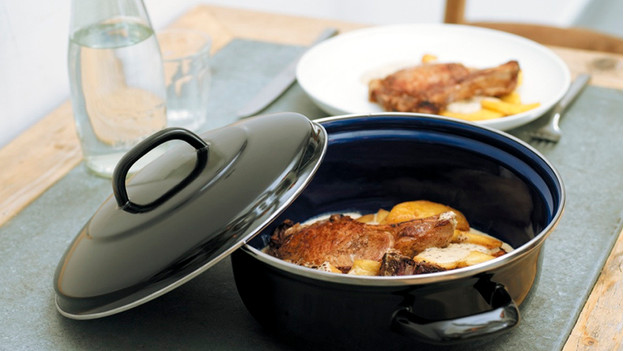
Most Dutch ovens don't have a non-stick coating. You mainly use a Dutch oven to prepare meat. Without a non-stick coating, meat sears faster and the juice is retained better. Do you value a pan with a non-stick coating? There are a couple of Dutch ovens with a ceramic or standard non-stick coating. These Dutch ovens wear faster, especially if you use them often.
What material do you need?
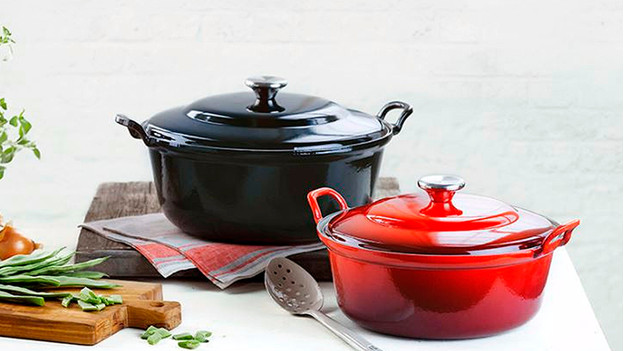
Are you looking for a durable Dutch oven that you can enjoy for years? Choose a cast iron Dutch oven. There's a reason most (hobby) chefs have one. Cast iron is an excellent heat conductor, it's durable, sturdy, and shape-retaining. The pan is heavy and not suitable for the dishwasher. A stainless steel Dutch oven is a lot lighter and easier to clean. The enameled interior has a smooth surface, so ingredients don't stick to it.


